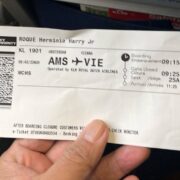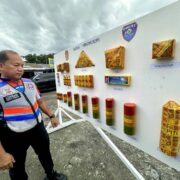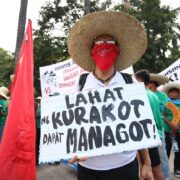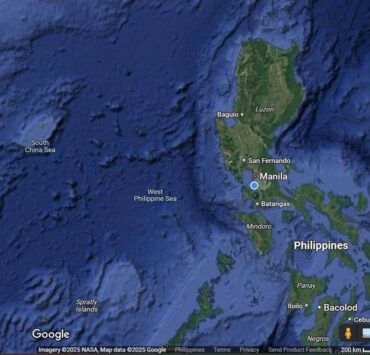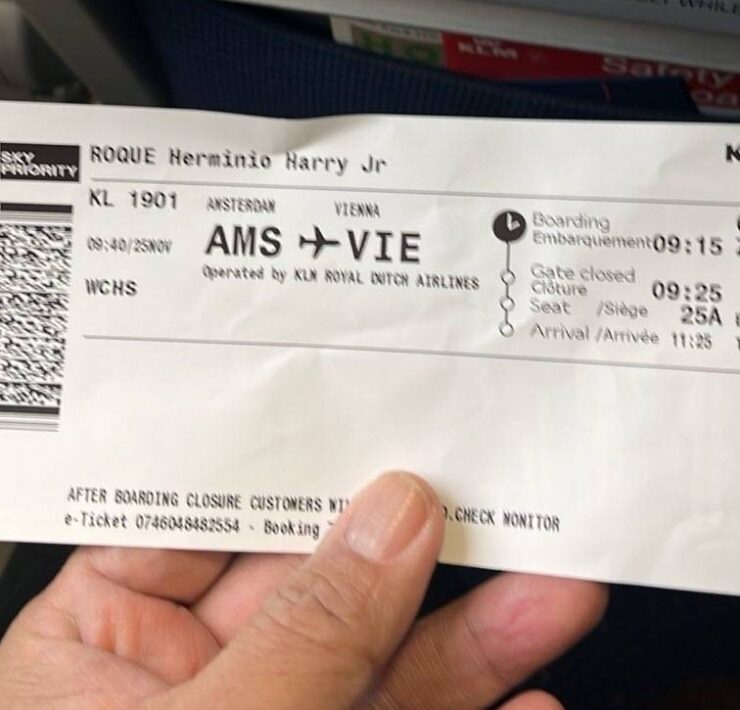After Typhon, US NMESIS missiles in PH for drills
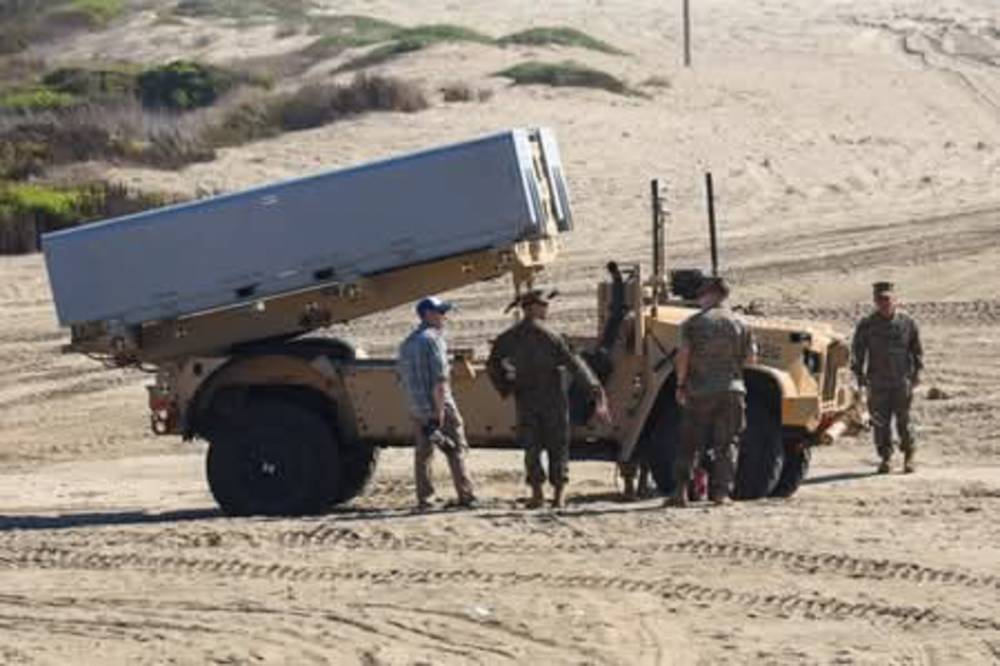
The United States antiship missile system NMESIS has arrived in the Philippines for use in the next “Balikatan” exercises between Filipino and American troops, with the drills again being held mainly at the country’s northern tip near Taiwan.
The deployment of the NMESIS—or Navy-Marine Expeditionary Ship Interdiction System—was first announced by US Defense Secretary Pete Hegseth during a visit to Manila on March 28. It is a highly mobile coastal antiship missile system designed to strike surface vessels from land-based positions.
Its introduction to the Balikatan carries a significance similar to the arrival of the midrange Typhon missile system in the country in April last year.
Despite initial pronouncements that its Philippine deployment would only be temporary, the Typhon system has remained on local soil.
China, which for years has been threatening to invade Taiwan while also harassing Philippine vessels and fisherfolk in pursuit of its expansionist claims on the South China Sea, has repeatedly called for Typhon’s pullout from the Philippines.
Beijing warned that the continued presence of the US missile system was raising the risks of geopolitical confrontation and an arms race in the region.
At a press briefing on Tuesday, Balikatan spokesperson Brig. Gen. Michael Logico confirmed the arrival of the NMESIS.
“I will not say where but it is going to participate, it is going to be a part of the exercises,” he said.
Photos have circulated online indicating that a NMESIS battery has been set up in Cagayan province, one of the Balikatan sites this year.
During his Manila visit, Hegseth made specific mention of the NMESIS in conveying the Trump administration’s intention to deploy advanced military assets to the Philippines and reestablish deterrence in the region in the face of growing Chinese aggression.
To be held from April 21 to May 9, the next Balikatan will involve 5,000 Filipino troops and 9,000 American personnel.
Last year’s exercises also saw more US troops participating—11,000—compared to only 5,000 from the host country.
“What we are looking at here is an exercise verging into a full battle test,” Logico said. “We are treating the exercise as a rehearsal for our defense.”
“It is like a war plan being tested,” US Marine Corps Col. Doug Krugman, senior exercise planner for Balikatan, said also during Tuesday’s press briefing at Camp Aguinaldo.
The exercises will also have 200 active participants from Australia, and international observers from Brunei, Canada, Czech Republic, Columbia, France, Germany, India, Indonesia, Japan, Lithuania, Malaysia, the Netherlands, New Zealand, Poland, Republic of Korea, Singapore, Thailand, United Kingdom and Vietnam.
Filipino and American troops will conduct counter-landing live fire exercises, maritime strikes, maritime key terrain security operations, and a joint sail with allies in the West Philippine Sea.
According to Krugman, the NMESIS—like the Typhon—is expected to remain in the country for future exercises.
“If there’s another exercise going in the Philippines shortly after Balikatan and that equipment is appropriate and requested for by the AFP, we would certainly want to participate in that exercise as well, but it is here for exercise purposes,” he said.






